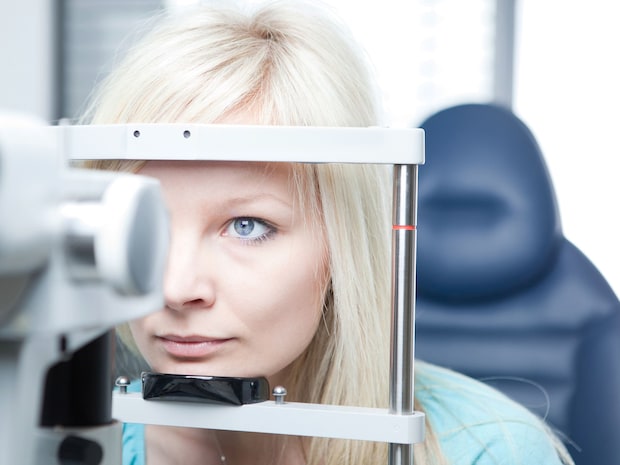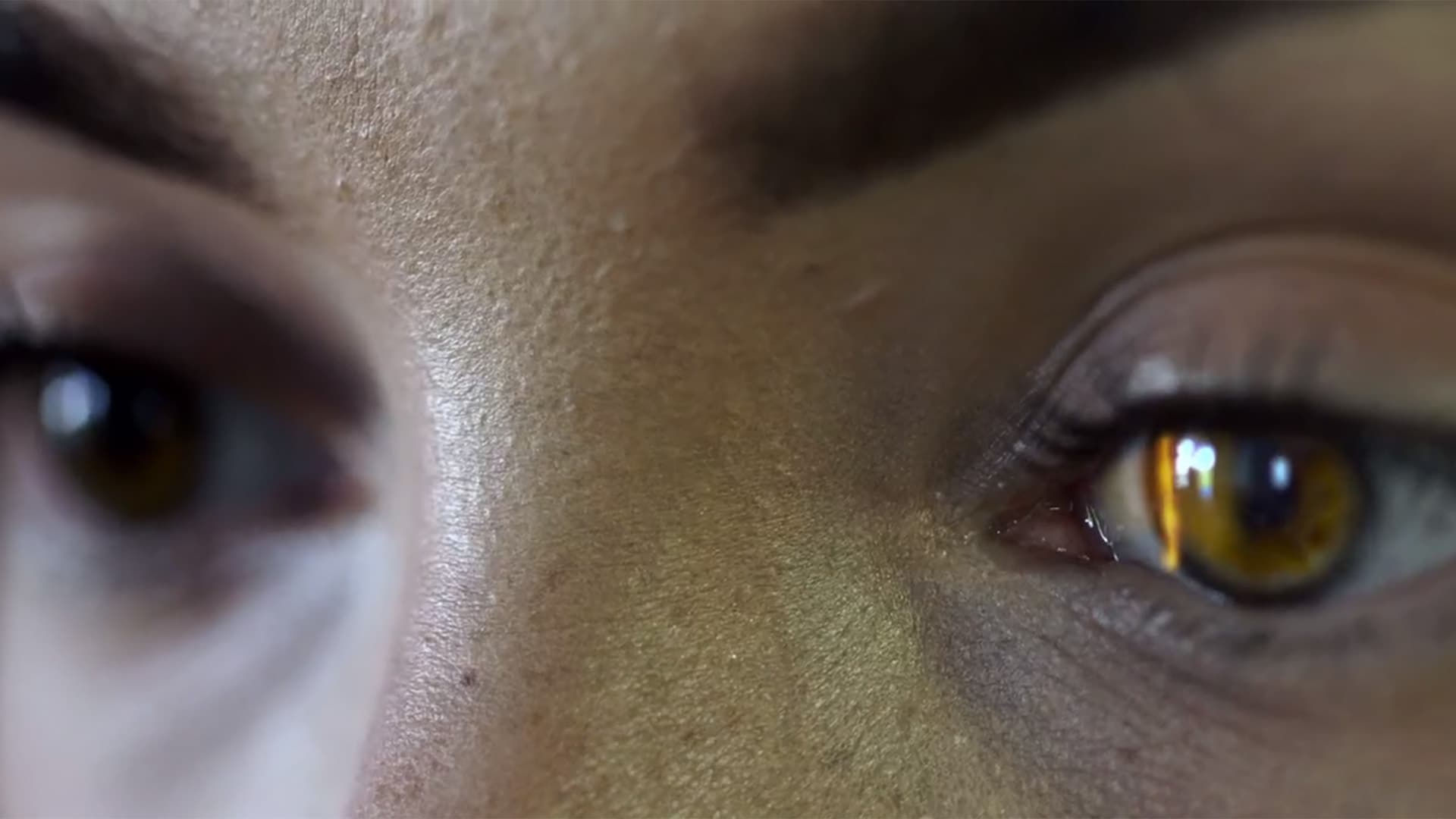A wonderful sight: Enabling medical practice with powerful laser technology

The number of people who have diabetes worldwide has been growing steadily over many decades and is set to continue increasing. It is considered to be one of the planet’s major diseases. According to the IDF Diabetes Atlas 2021, the global diabetes prevalence in 2021 was estimated to be 10.5% (537 million people), rising to 11.3% (643 million) by 2030 and 12.2% (783 million) by 2045. Today, 1 in 11 adults in Europe have diabetes, 1 in 6 adults in MENA and 1 in 7 adults in North America and the Caribbean. In many cases the disease is hereditary.
As with Mary Tyler Moore, diabetes can affect one’s vision and, untreated, can lead to blindness. It’s scary and not everyone can muster the bravado expressed in the title of her memoir. The changes in blood sugar levels caused by both types of the disease can affect the lens inside the eye, particularly when the diabetes isn’t controlled. These changes can result in vision blurring, which can change throughout the day and from day to day, depending on blood sugar levels.
Diabetes can cause a cataract – when the lens in the eye becomes cloudy. Anyone with diabetes is more likely to develop a cataract, and diabetes can cause them to develop at a young age age. The average age of diagnosis is 13. An estimated 85% of all type 1 diagnoses take place in people aged under 20. Some people with diabetes may develop glaucoma, an eye condition that can cause damage to the optic nerve, often due to raised pressure inside the eye.
Over time, diabetes can affect the network of blood vessels supplying the retina at the back of the eye, affecting how it works. This is known as diabetic retinopathy. There are different types of this and how it can affect vision will depend on the severity of the changes to the blood vessels. Diabetes can also be associated with, or increase the risk of other eye conditions including retinal vessel occlusion, corneal eye conditions or eye muscle problems.

Thousands of vitreoretinal surgical operations are performed each year to address retinal degeneration in diabetes sufferers and to stop premature blindness.
Severe complications are rare and anatomic success for vitrectomy is over 90% for many conditions.
The success of such operations depends not only medical skills, but also on the crucial contribution the laser makes. They have to be highly compact and must fit into flexible medical devices, taking up very little space and energy to produce a sharp and accurate beam. The laser’s power and sharpness, reduces the need for repeat treatments. The efficacy of the operation vastly improves the quality of life for diabetes patients.
There’s an additional benefit. Diabetes is a complex disease. It places many burdens on the world’s health services. Taking away some of this burden, by achieving quick results and high success rates, helps make healthcare systems more sustainable, especially with regards to the reduction of in-patient nights in hospital.
Learn how we’re enabling the amazing in this growing sphere of human healthcare thanks to the power of light.

Related stories and products
Contact our experts for medical technology and life science solutions for advice and project design.









